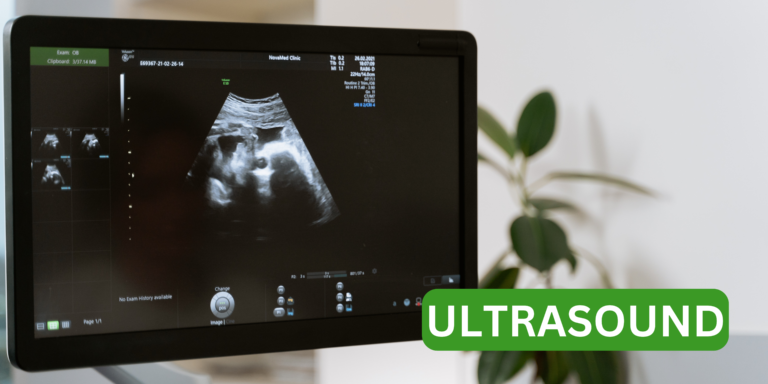
Ultrasound technology has become an important diagnostic tool in modern medicine. Ultrasound scans are used to assess various conditions and diseases, including:
-Atherosclerosis (hardening of the arteries)
-Cancer
-Gallstones
-Kidney stones
-Liver disease
-Pancreatitis
-Ulcers
Ultrasound scans are a non-invasive medical test that can be used to assess various conditions, diseases, and injuries. The high-frequency sound waves that are used to create the images do not emit harmful radiation, making them a safe option for patients of all ages. Ultrasound scans can be used to examine a variety of organs and structures within the body, including the heart, liver, kidneys, and bladder. The imaging technique can also be used to visualize tendons, muscles, and joints.
During an ultrasound scan, a gel is applied to the skin over the area of the body that is being examined. A hand-held device, called a transducer, is then passed over the gel. The transducer emits sound waves that bounce off the organs and structures inside the body and are then captured by the transducer. These sound waves are converted into electrical impulses, which are then displayed on a monitor as live images.
Ultrasound scans are generally safe and well-tolerated by patients. There is no risk of exposure to ionizing radiation, which is associated with other imaging modalities such as X-rays and computed tomography (CT) scans.
The images generated by ultrasound scans can be used to help diagnosis a variety of conditions and diseases. In some cases, the images can be used to guide interventions, such as needle biopsies and needle aspirations. If you are scheduled for an ultrasound scan, there are a few things that you can do to prepare. Most importantly, you should wear comfortable, loose-fitting clothing that will allow easy access to the area of the body that is being examined. You may also
How does an ultrasound work?
An ultrasound scan uses sound waves to create images of the inside of your body. The waves are produced by a transducer, which is a small hand-held device that is pressed against your skin. The waves pass through your body and bounce off your organs. The returning waves are converted into images on a computer screen.
What are the benefits of an ultrasound scan?
Ultrasound scans are safe, painless, and non-invasive. They do not use ionizing radiation, which makes them a safe alternative to other imaging modalities such as X-rays and CT scans. Ultrasound scans are also quick and easy to perform.
What are the limitations of an ultrasound scan?
Ultrasound waves cannot travel through air or bone, so certain areas of the body may be difficult to image with this modality. In addition, ultrasound images can be degraded by patient movement, so the exam person must remain still during the scan.